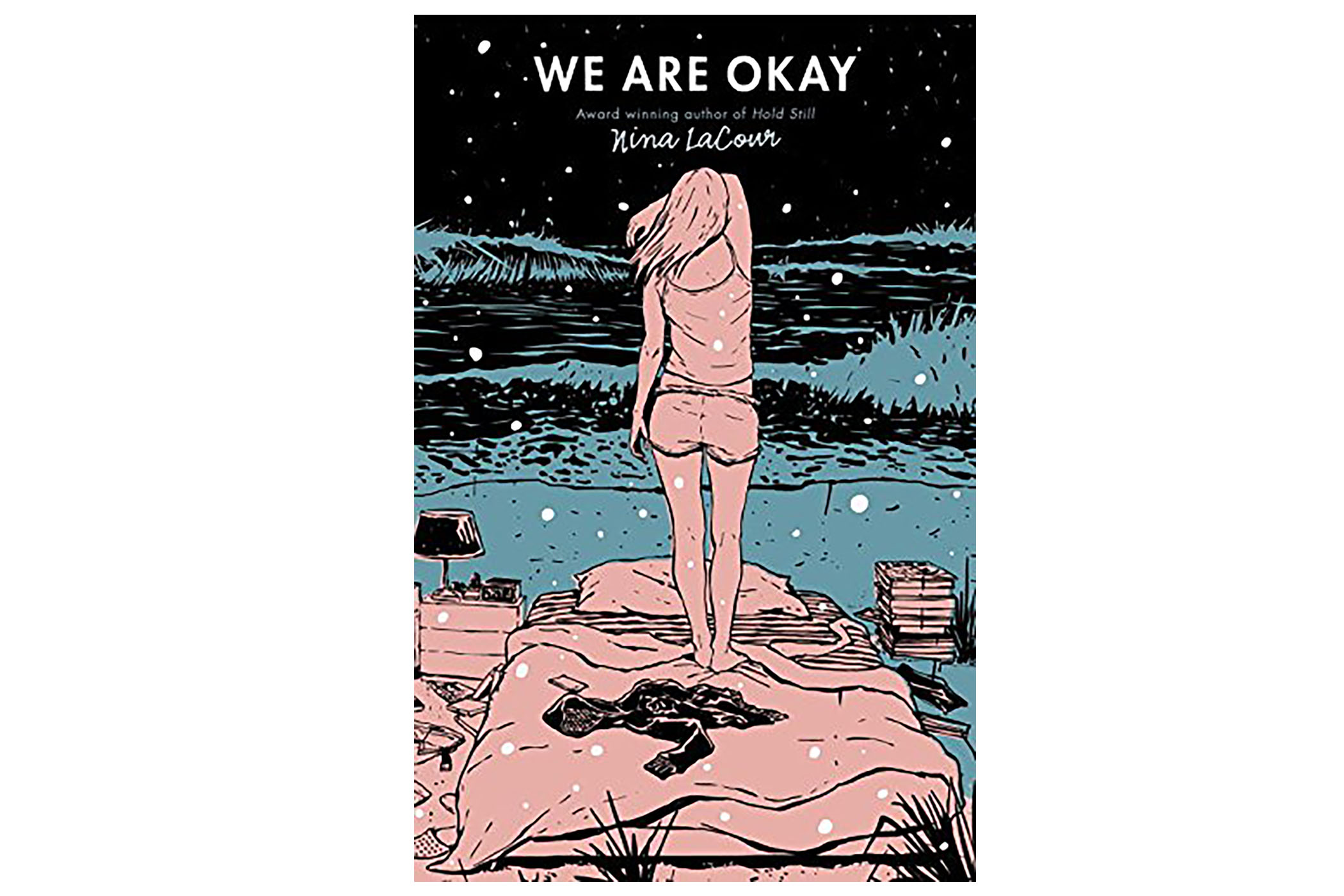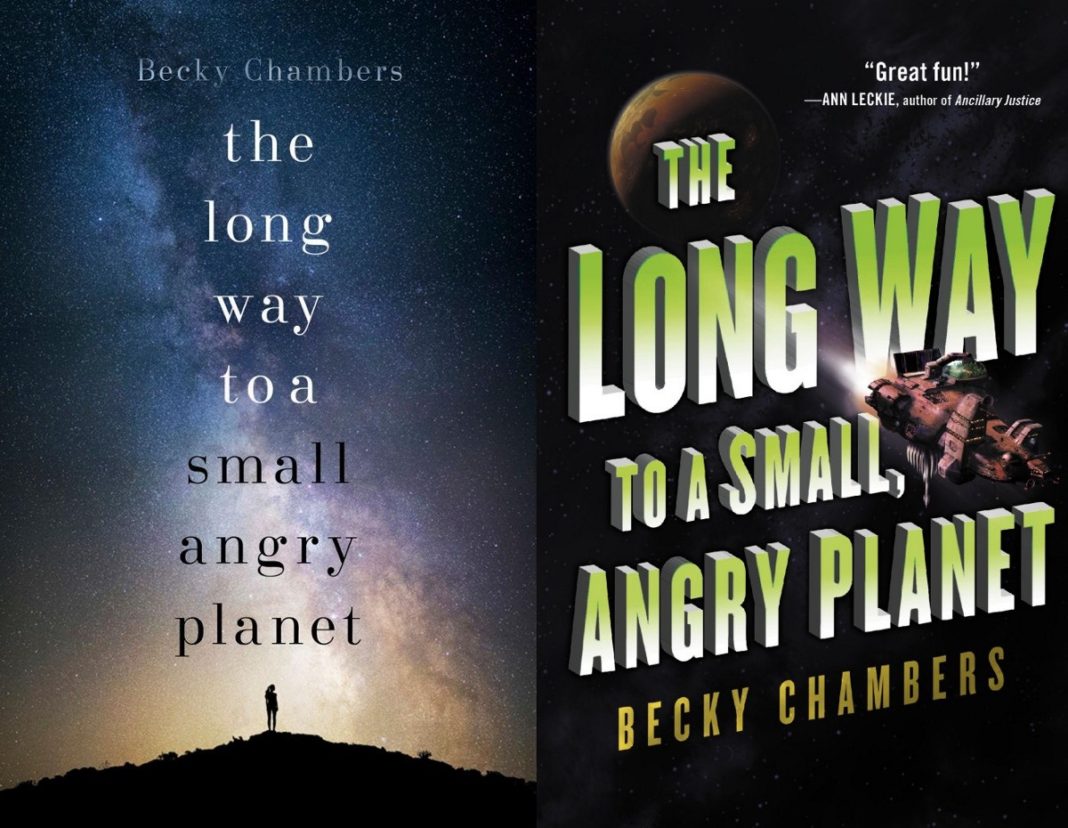Who are we? Why are we here? What makes us alive? Scholars and artists have pondered and drawn inspiration from these core questions of identity for millennia—and poet and visual artist Bianca Stone is no different. Her upcoming book of poetry, What is Otherwise Infinite—due to be released on Jan. 18, 2022—explores our place in this world and the many ways in which we form and create our identity.
“I knew I was going to be a poet because I was good at it,” Stone said. “I was not good at a lot of other things.”
Stone published her first book—Someone Else’s Wedding Vows—in 2010, and since then, has written, illustrated and edited several other works, including another book of poetry, The Möbius Strip Club of Grief.
According to Stone, inspiration for her work changes and is primarily dependent on her life experiences and interests at the time. In many cases, the topics of her inspiration will become an obsession. In What is Otherwise Infinite, for example, Stone explained that she was obsessed with exploring the concept of human consciousness and identity.
Like many poets before, one way in which Stone explored identity and consciousness was by looking at spirituality. “Spirituality is always going to be something that poets are interested in because it is similar to poetry, in that it questions why we are here and why we do the things we do,” Stone said.
Her childhood was not one of avidly-held religious beliefs. Stone believes this was beneficial to her work, allowing her to explore spiritual themes from a more neutral place.
“I did not have as much bias as those who might have grown up religious,” Stone explained. “I am very interested in the individual human’s idea of God and faith and not any kind of institutionalized religion, which I find repulsive.”
With an open mind, Stone explored religious texts, specifically the Gnostic Gospels, where she found a personal connection with the idea of a “creative communication with God as being a form of spiritual practice.” This spiritual relationship that Stone found in the Gospels manifested itself throughout her work.
In the poem “Apocrypha,” Stone explored the identity of Jesus: “It is said that Jesus couldn’t admit to himself that he was a simile. / That he hung out with tax collectors and whores. / That he was profound allegory and data compression. / He said he’d ‘explain later’ but rarely did. / He fostered over a billion abandoned children.”
The Bible and other religious texts were far from Stones’ only source of inspiration. References to other literary works are frequent throughout the book, and allusions to other poets are also common.
“What I love about poetry is that it is very much a conversation, throughout time, between poets,” Stone said. “So for me, I think of it as continuing a conversation…that is how poetry works and how it should work.”
Stone believes strongly in reclaiming and continuing conversations that poets of other times engaged in, and uses those dialogues to question our lives in the present. Literary figures like John Milton are frequently referenced in the work and, despite being over three centuries apart, both of them grapple with the same questions about existence: questions regarding religion, identity and the private domains of the human experience. Many poets throughout time have grappled with these same questions and, while her work might not hold all the answers, they attempt to recognize and even accept these things of which we know so little.
Nature’s connection to humans also served as inspiration for Stone’s work. “I feel this anxiety of being separated from [nature], and I want to get back to it,” Stone said. “And in writing [about nature], I look out into the world and try and put us all back together.”
Perhaps because of this, Stone’s work brilliantly combines nature, existence, and our sense of place in the world.
In a poem called “Dear Sir or Madam,” she writes: “We are all only this. / We are roused by thunder, / tortured into pleasure by lightning, / fertilized by the wind and rain, / raised up by the sun, / dismembered by the moon.”
“Most poets write about nature right now because global warming is so frightening,” Stone explained. “There is a real sense of grief and loss at what we have already lost.”
This urgency and anxiety are ever-present in Stone’s work, but there is also a sense of celebration, commemoration and enjoyment of what we have here and now—for as long as it lasts.
Stone often validates the human experience through a beautiful combination of tragedy and comedy. Poems like “You Could Spend Every Night with the Television” present a depressive, but comedic look at how one might dissociate from existence. The immediately proceeding poem—“Beatrice”—explores what is, for some, a genuine and relatable pain: “The personality raped for years, / shredded like a milkweed husk. / How can you blame me? / I wanted to be loved right. / I wanted to pilgrim that / unknown territory.”
Throughout the book, Stones’s work beautifully combines pain and humor in a symbiotic dance, where words go from touching raw nerves of pain before stepping back to laugh into the darkness. When revisiting old wounds, finding relatable literary content can be healing. Poetry in particular is helpful because one can be more emotionally protected.
“The hardest part of exploring the darker sides of our experience is admitting it to yourself and having a kinda character or persona in a poem allows one comfort in saying this is me but not me,” Stone said.
Despite providing emotional distance, poetry often gets deep fast, and the way poetry can illustrate pain can be challenging to readers.
“That is why not a lot of people read poetry, because it demands something of you emotionally to do some work and to feel things… and it is terrifying,” Stone said. “But for me, that is the way I want to live….when you find a poem that just guts you, it makes it all worth it.”
In What is Otherwise Infinite, Stone managed to validate the deepest, darkest and most painful parts of the human experience, making it more than worth the read.






